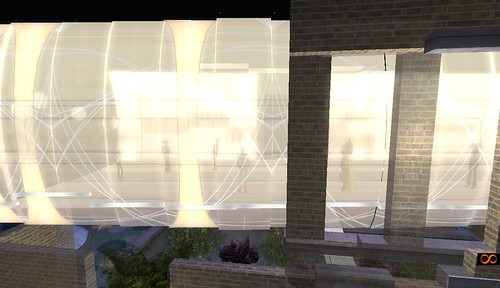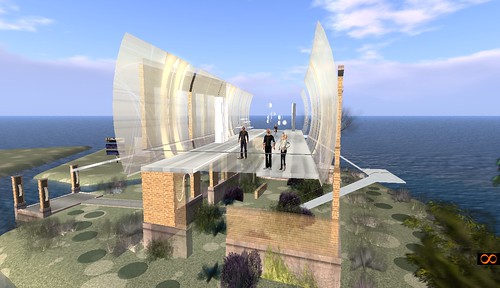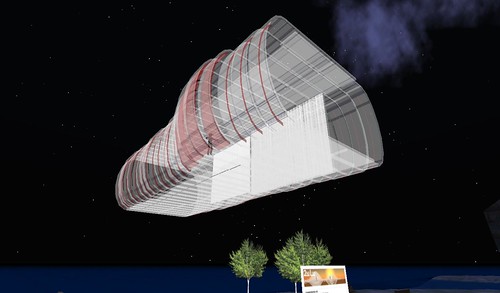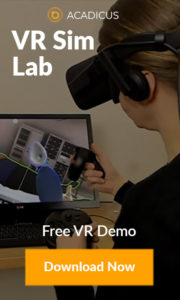
6.30-7.30pm GMT (10.30-11.30am SL Time), Monday 1 December 2008: join the workshop in reflexive architecture
8pm GMT (12 noon SL Time), Monday 1 December 2008: attend the launch
SLurl: teleport to 2ND LIVE (83, 171, 22)
The Project:
In physical reality, the architectural shell is a relatively static and motionless artifact. The occupant plays a passive role, observing but rarely impacting its composition. Winston Churchill’s statement, ‘We shape our buildings and afterwards, our buildings shape us,’ illustrates this point well. In a virtual environment, the architecture is capable of transcending the limitations of static buildings, and can become as fluid and dynamic as the communities of people it hopes to serve. The topic of this installation, ‘Reflexive Architecture’ is just one vector suggesting the emergence of a new language of virtual architecture, free from the habit of pure physical replication. In this way, we can shape our virtual buildings, and afterwards we keep shaping them.

The focus of this study is to utilize reflexive elements in the creation of a new Gallery of Reflexive Architecture. In keeping with the spirit of a user-generated environment, residents of the Second Life community are encouraged to create and exhibit their own applications of this concept. To encourage this process, a core set of ‘reflexive scripts’ have been open sourced that can be modified to create a wide variety of reflexive elements. Residents are encouraged to share their contributions to the gallery by contacting Keystone Bouchard. The scripts can be found here: http://docs.google.com/Doc?id=ddqzdng9_32dwrgxj

The Theory:
There is a polarizing tension emerging between virtual architecture primarily focused on replicating elements of physical reality, in contrast with architecture that explores purely virtual concepts not possible in any other medium. In an environment where avatars are free to create anything they can imagine, the vast majority of the architectural fabric created is still largely driven by very literal parallels to the physical world. This happens for good reason, as we have learned to visually organize the world around us, real or virtual, based on familiar cues and patterns. A roof may not need to protect us from the elements in virtual space, but it organizes a space. Even though you can fly, a ramp is still a strong wayfinding mechanism.
While we import these visual cues from physical reality with good cause, I think we also need to consider the native, inherent characteristics of this environment and build a new language of virtual architecture based on those characteristics. New architectural technologies such as steel, glass, elevators, and electricity have traditionally challenged architects and designers to explore new and unprecedented forms of architectural creation. The same will be true of virtual environments. What can we do in virtual space that could never have been done before?

In examining the differences between real and virtual environments, it becomes clear that physical architecture is relatively static and unchanging, whereas virtual architecture has the capacity to become far more dynamic; behaving more like a liquid than a static and passive artifact. I believe this seemingly simple distinction could serve as a core ingredient and driving force behind a new language of virtual architecture. In this way, the idea of reflexive architecture is not a new language of virtual design, but my hope is only to establish a simple diagram that I hope will inspire further progress and exploration of dynamic new forms of virtual architecture.
More about this concept can be found in these previous posts:
http://archsl.wordpress.com/2008/10/28/machinima-manifesto-we-shape-our-virtual-buildings/
http://archsl.wordpress.com/2007/08/15/gallery-of-reflexive-architecture/

